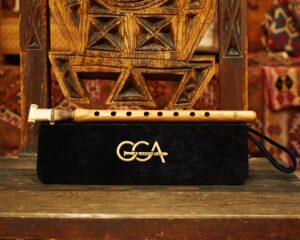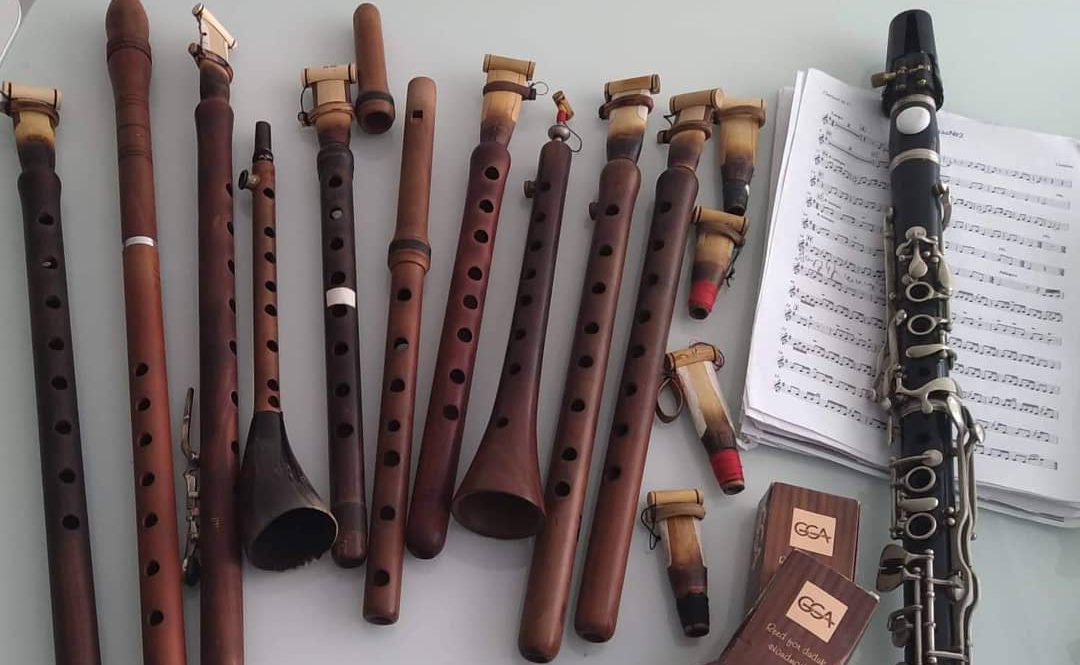
Duduk Special Gift Set in a Hard Case
Enhance Your Duduk Experience: A Special Gift Set in a Hard Case

Armenian music holds a diverse and vibrant tradition that traces back to ancient times. Manuscripts from centuries ago contain songs dedicated to mythical and historical heroes, reflecting the rich cultural heritage of Armenia. Instruments such as drums, flutes, lyres, and trumpets were prevalent as early as the 5th century, showcasing the deep roots of Armenian musical expression.
The advent of Armenian hymns took place in the 5th century, coinciding with the creation of the Armenian alphabet. Music education became integral to Armenian schools by the 4th century, emphasizing the significance of music within the culture.
Armenian folk songs
In the 16th century, traveling musician troupes known as Ashughs emerged, adding a new dimension to Armenian music. Poet-singers like Sayat-Nova and Naghash Hovnatan drew upon ancient folk traditions, enchanting audiences with their poetic melodies.
The 19th century witnessed a revival and preservation of Armenian folk songs, thanks to the efforts of composers such as Makar Ekmalyan and Nikoghayos Tigranyan. However, the most influential figure in Armenian musical culture was Komitas, a renowned composer and musicologist. Komitas collected and recorded over 2000 Armenian folk songs, leaving a remarkable cultural legacy for future generations.
Traditional Instruments in Folk music
Integral to the uniqueness of Armenian folk songs are traditional instruments․ At the heart of Armenian folk music lies the duduk, an ancient double-reed woodwind instrument with a soul-stirring sound. Its unique timbre and expressive capabilities have made it a beloved instrument, often referred to as the “soul of Armenian music.” Armenian folk music also features an array of other instruments։
The zurna, a lively double-reed wind instrument, brings vibrant energy to celebratory dances and festive occasions. The tar, a long-necked string instrument, provides melodic accompaniment and rhythmic richness. The kanon, with table-like body and 24 strings , creates delicate and intricate melodies. Other instruments like the dhol (drum), saz (lute), and kamancha (spike fiddle) contribute to the diverse sonic palette of Armenian folk music.
Armenian music stands as a testament to the rich cultural heritage of the Armenian people. From ancient origins to modern compositions, it has evolved and thrived through the contributions of celebrated musicians and composers.

Enhance Your Duduk Experience: A Special Gift Set in a Hard Case

Duduk Instrument Prices There are a number of factors that can affect
GGA represents professional musical instruments, that are recognized all over the world. The instruments are exclusively hand-made works. Feel the spirit of the orient music.